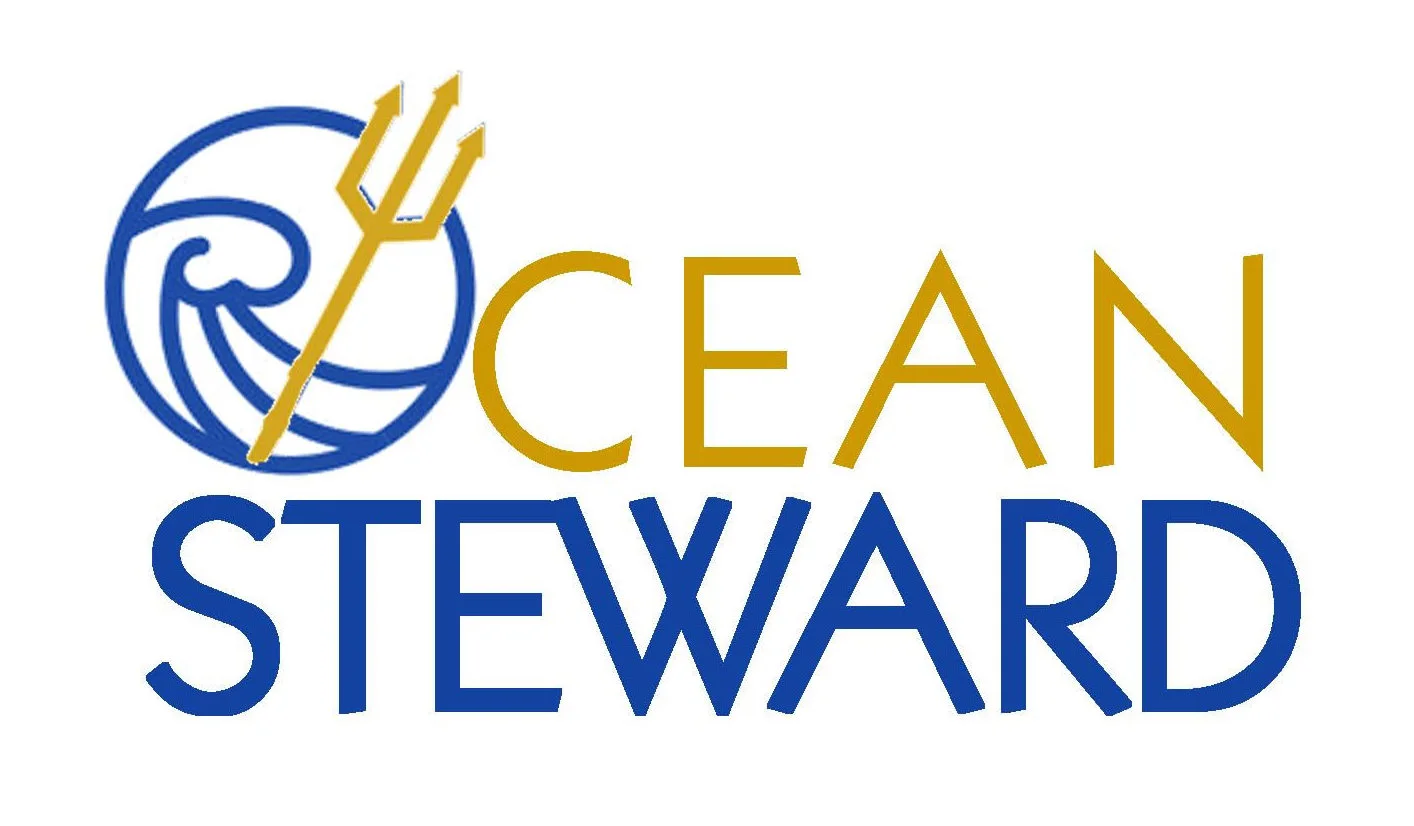Current Research
Masters Thesis
Modeling project-evaluating effectiveness of potential coral restoration efforts using long term data from Saipan, CNMI. Advisors: Drs. Laurie Raymundo and Peter Houk.
Just in case you were wondering where in the world Saipan is… zoom out! Hint: Guam is 140 miles south.

